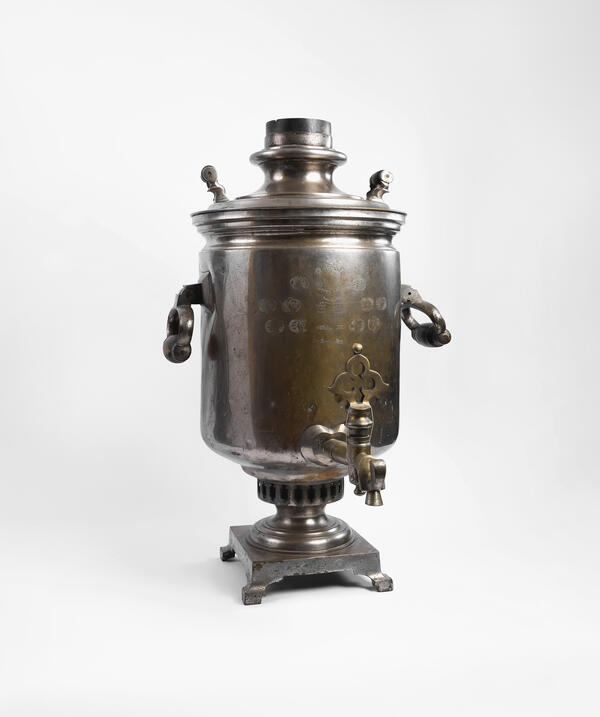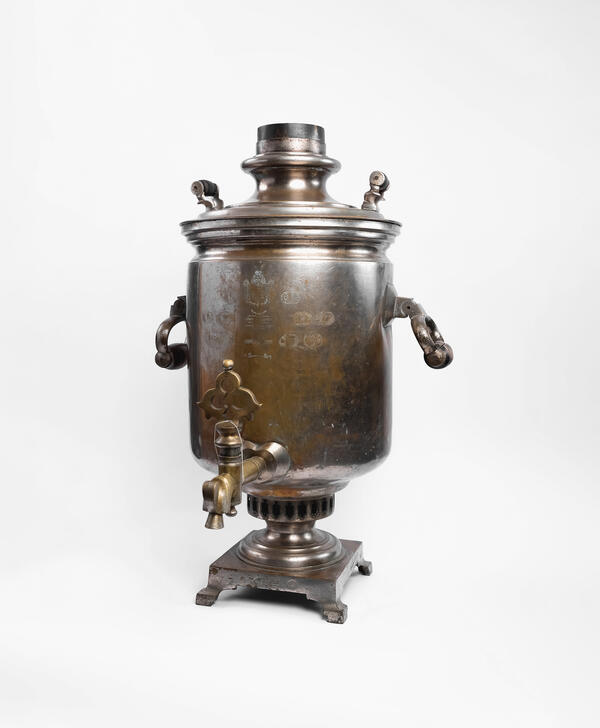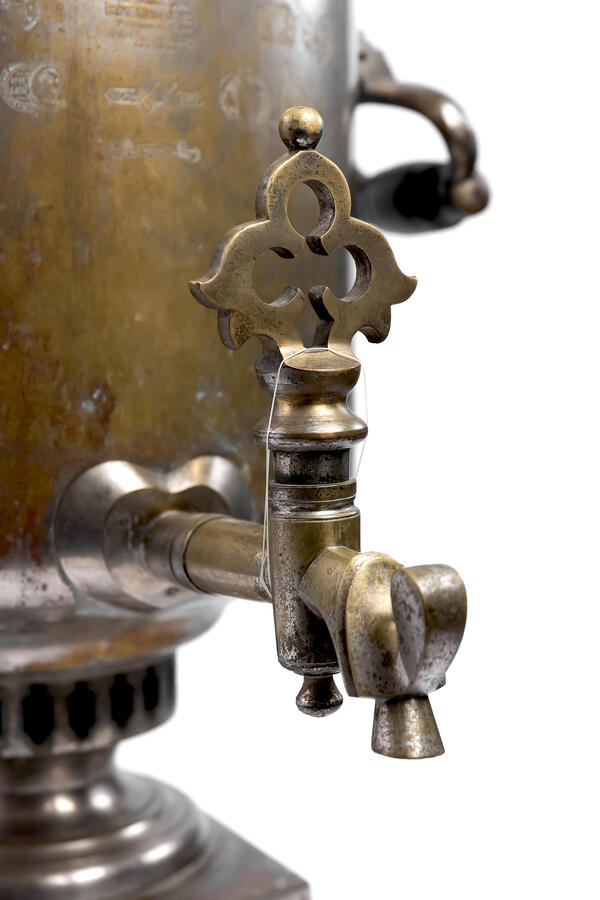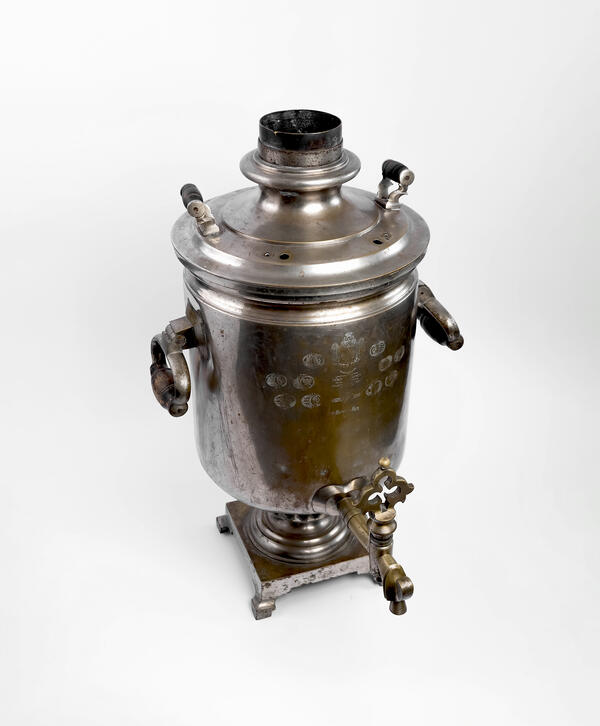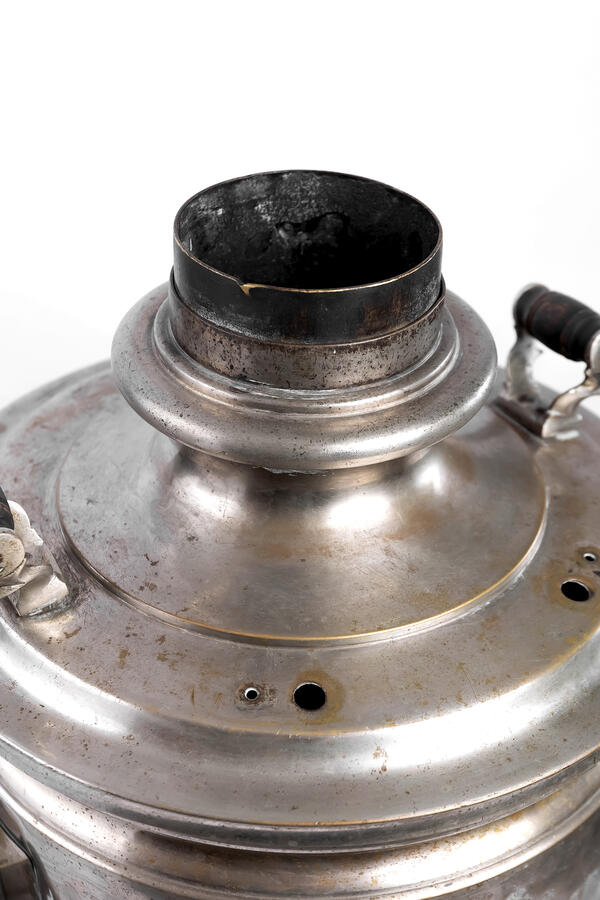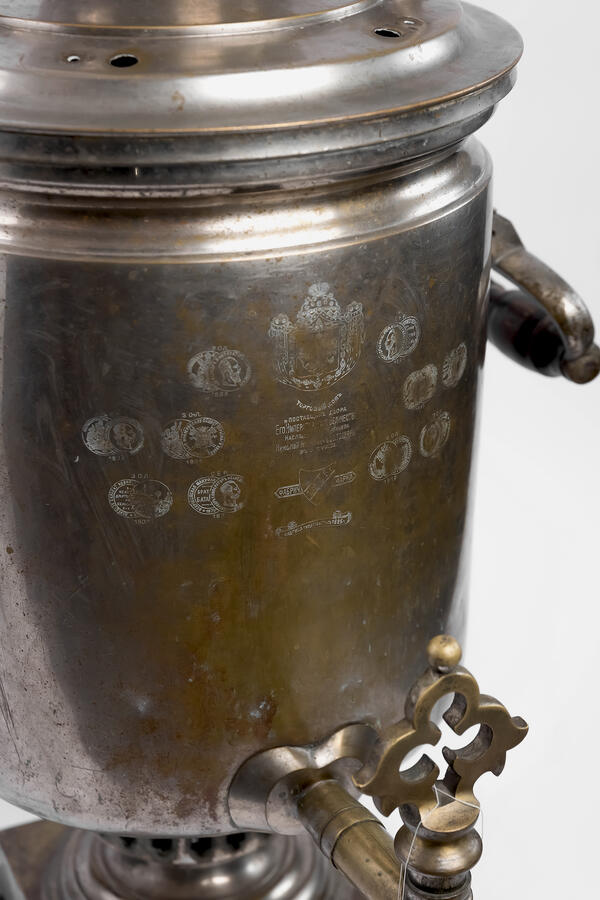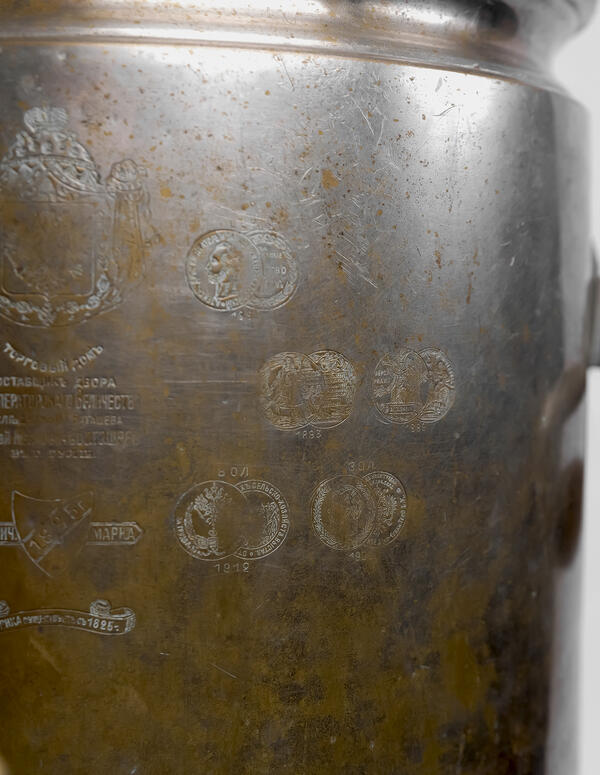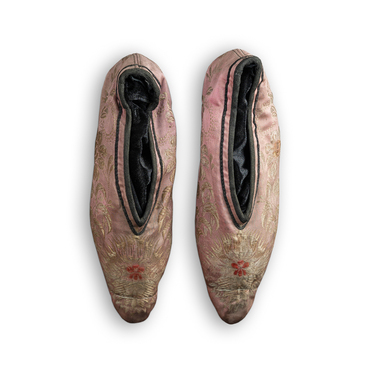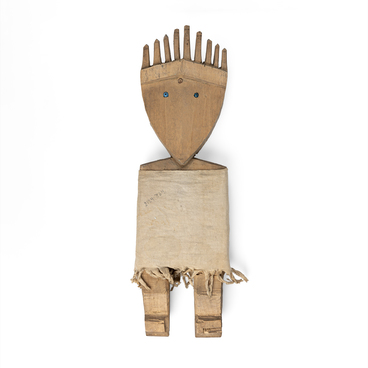The exhibition of the Vladimir Arseniev Museum of Far East History features a samovar donated to the museum by Galina Afanasyevna Shvets, a resident of the Primorye village of Krasnoyarovka. Her parents, who moved to Primorye from Chernigov Governorate, brought the samovar from Central Russia in the late 19th century.
It is a common legend that the first samovar was brought to Russia by Peter the Great, but historical documents show that it appeared half a century after the tsar’s death. Mass production of samovars began after the Tula industrialist Demidov traveled to the Urals, where local blacksmiths forged the first self-heating container for him. 77 years after Demidov’s first experiments, the Lisitsyn brothers launched mass production in Tula, which is why Tula is considered the birthplace of Russian samovars. By 1808 the business of the Lisitsyn brothers had already grown into a really big enterprise, earning an annual income of 1500 rubles.
The vogue of the samovar stemmed from the popularity of tea in Russia, which became a beverage of choice in the mid-19th century. Samovars were also very convenient for making boiling water as it was much faster to use them rather than to light a fire in the stove and boil water in a kettle. The center of the samovar industry in Russia was Tula and its environs: in the regions, craftsmen produced very simple parts that did not require high skill, and the assembly of the samovar was most often done manually at the factory itself. By the early 20th century, the samovar had become an integral part of everyday life and one of the symbols of Russia.
A samovar consists of a body,
where water is poured, an inner pipe for fuel, a grate in the lower part of the
pipe, on which the charcoals are laid and through which the ash pours; a lid,
which closes the body and prevents the water from boiling over; handles to
carry the samovar around; a neck with ash holes, through which air flows to the
burning fuel; a tray with legs, allowing the whole structure to stand on the
table, a lid-plug, with which the burning process is stopped.

